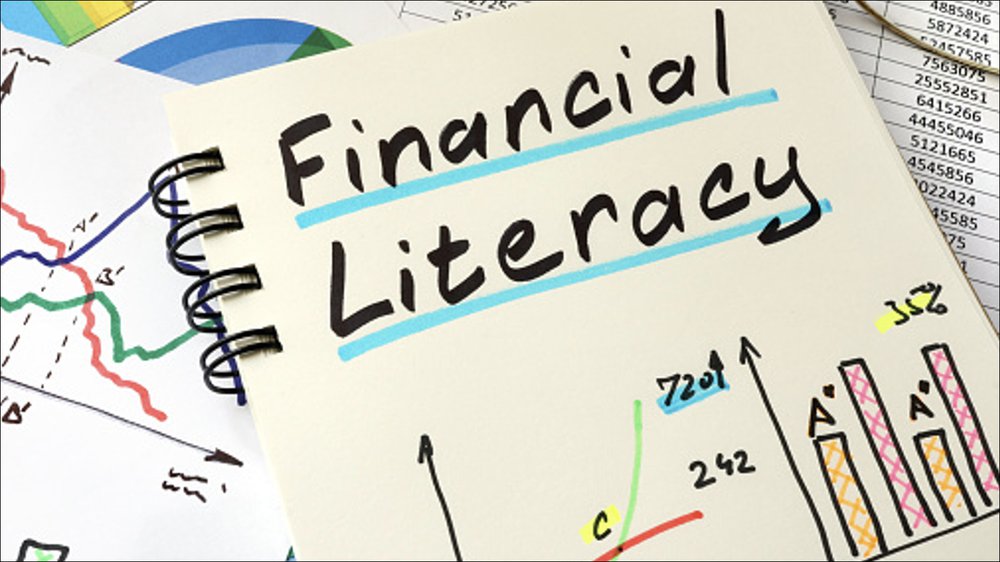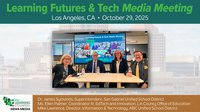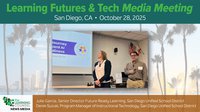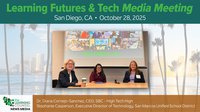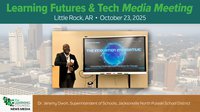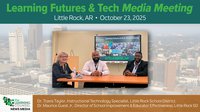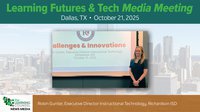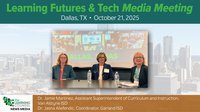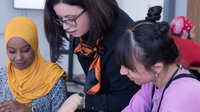Financial Literacy is a subject that is currently little taught, but much needed in our schools. With the advent of digital transactions and the inability of school age children to see the relation to money and goods, the financial knowledge imbedded in life activities has been lost to many of our current generation. A model being piloted in Tennessee seeks to help insert some of the money smarts of previous generations into a newly developed curriculum called Money Week.
This curriculum, developed by educators and partnered by the University of Tennessee Extension and the Tennessee Financial Literacy Commission, is being piloted now in 6 schools and is expected to expand to twenty schools next year. Early reviews of the program show promising results. The curriculum is for grades one and two and has as its components activities like counting money, reading a book called ‘You Can’t Buy a Dinosaur with a Dime,’ making a money box to include spots for save, spend, and give, and parent newsletters with activities to emphasize money activities to do at home with children. Students are also being gifted the Mercer Mayer book, ‘Just Saving My Money.’
In one school, teachers are expanding the curriculum to fifth grade STEM classrooms to include writing a budget and lots of hands-on lessons to reinforce financial literacy. Tennessee, like many other states, requires one half credit course in Personal Finance, but many feel those lessons are too little too late. The program is being endorsed by the University of Tennessee with the school’s president participating in the activities along with state legislators and others who hope this program will become a nationwide model.
The basics of not only personal finance, but an understanding of the way money works, is crucial in today’s world. For example, people should not be surprised that we have rampant inflation. It is simple economics. If you place several trillion dollars in the economy with nothing to back it, the existing money supply will be worth less – hence, it will take more of this money to buy the same goods and services. The fact that we now have rampant inflation is actually a good sign that the economy is working the way it is supposed to. And while unpleasant, an understanding of monetary principles would suggest that inflation is the logical conclusion of infusing money into the economy.
For those who work with older youth who have grown up in the digital age, programs like this may provide the link to money and goods and services as well as financial value. Money is, after all, what moves the world and as educators, we must utilize the opportunities to link any aspect of practical living that we can to our youth who will soon be challenged with living in a world that does not provide that visual or tactile link. Finances are infused into everything we do, and being financially literate is part of good citizenry. I am hoping for this model and others like it take hold.
About the author
Christy Martin recently retired after more than 35 years as an educator K-12 and post-secondary as well as several years as a coordinator of programs for youth aging out of foster care. She writes about what she knows from experiences in education and social services. Christy welcomes comments on her articles. Communicate with her via email at ccsmartin@hotmail.com. She can also be found on Christy Martin | Facebook, Christy S. Martin (@ChristySMartin1) / Twitter, and (4) Christy Martin, Ed.D. | LinkedIn.

